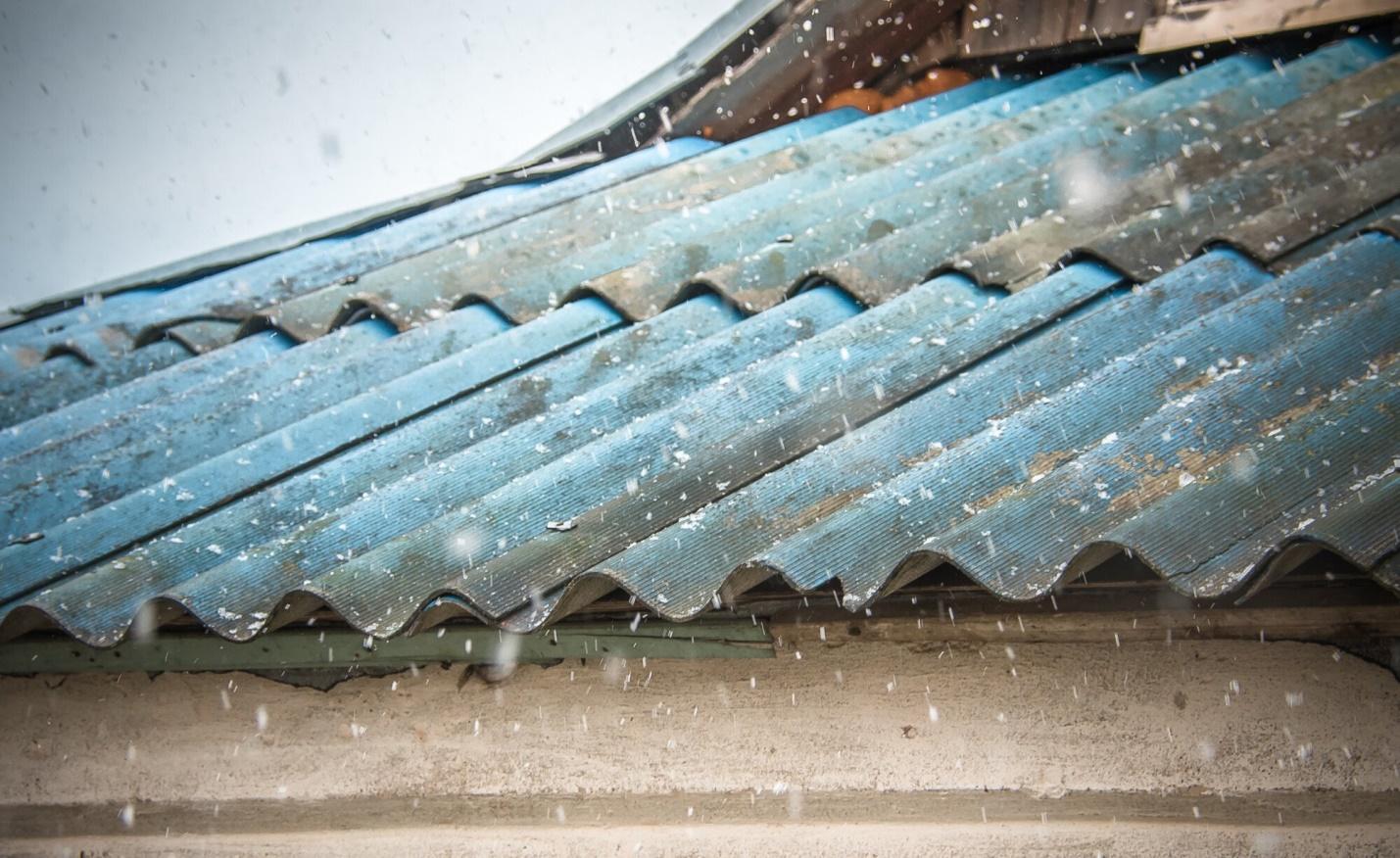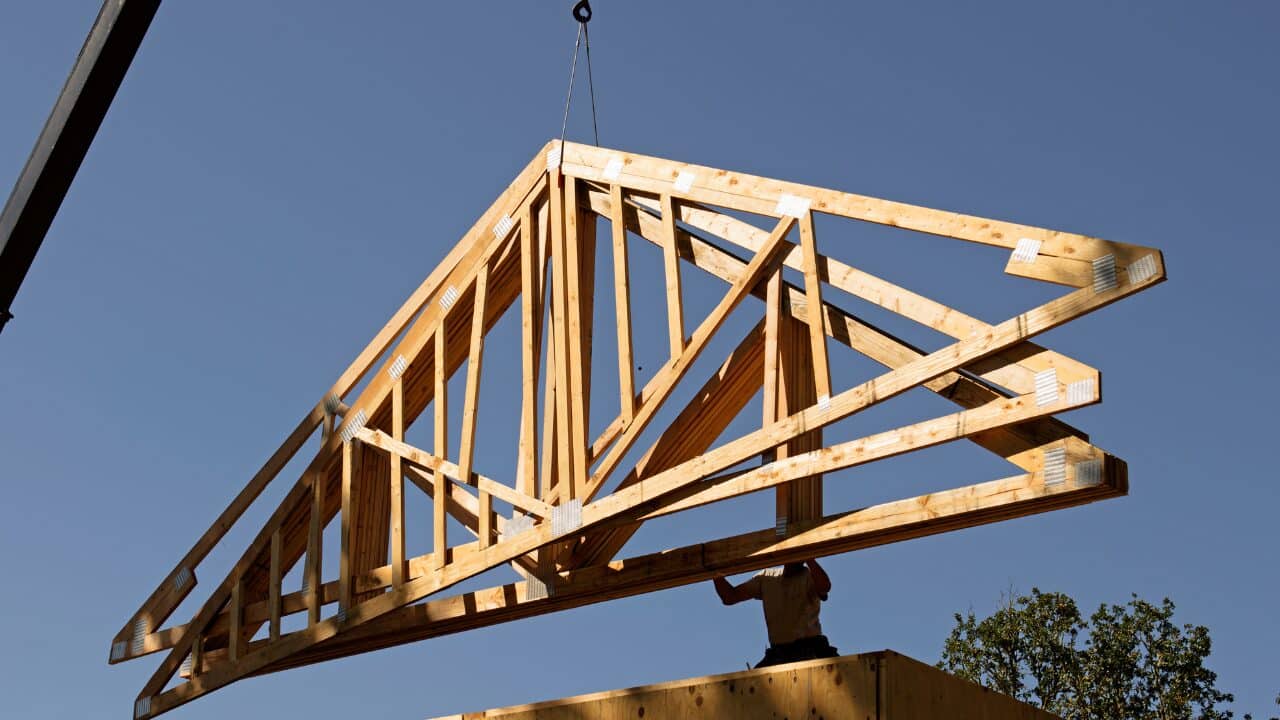Hailstorms are a formidable force of nature that can leave a lasting mark on our homes. One of the most vulnerable parts of any residence during a hailstorm is the roof. The damage caused by hailstones can lead to leaks, weakened shingles, and costly repairs if not promptly addressed.
In this brief article, we will explore the common signs of roof hail damage, helping you understand what to look for to safeguard your home from the aftermath of these powerful weather events.
Table of Contents
Dented or Pockmarked Shingles
One of the most apparent signs of roof hail damage is dented or pockmarked shingles. When hailstones strike the shingles, they can create small or large dents, making the shingles look uneven and damaged. These dents can weaken the shingles’ protective layer, making them more susceptible to water infiltration.
Missing Granules
Roof shingles are covered in tiny granules that protect them from the elements. Hail can dislodge these granules, leaving your shingles exposed and vulnerable. If you notice an accumulation of granules in your gutters or downspouts after a hailstorm, it’s a strong indicator that your roof has suffered hail damage.
Cracked or Split Shingles
Hailstones can also crack or split shingles upon impact. These cracks may not always be visible from the ground, so it’s essential to inspect your roof closely. If you notice any shingles that appear damaged, it’s best to have them assessed and replaced promptly to prevent further deterioration.
Circular or Concentric Fractures
When hailstones strike your shingles, they can create circular or concentric fractures, often resembling a bullseye pattern. These fractures may not always be easy to spot, but they are a telltale sign of hail damage. Check your roof for these patterns, especially in the areas where the hailstorm was most intense.
Soft Spots and Sponginess
Hail can weaken the structural integrity of your roof. If you notice soft spots or areas of sponginess when walking on your roof, it could be a sign of hail damage. These weakened areas can lead to leaks and further structural issues if not addressed promptly.
Leaks or Water Stains
Perhaps the most concerning consequence of hail damage is the potential for roof leaks. If you notice water stains on your ceilings or walls, it’s a clear indication that water is penetrating your roof. Even small leaks can lead to significant interior damage over time, so it’s crucial to address them promptly.
Damaged Flashing and Gutters
Hail can also damage the metal components of your roof, such as flashing and gutters. Inspect these areas for dents, cracks, or misalignment after a hailstorm. Damaged flashing and gutters can exacerbate roof issues by allowing water to seep into your home’s structure.
To learn more about hail storm damages and how to address them effectively, consult with a professional roofing contractor who can assess the situation and provide guidance on necessary roof repairs.
Common Signs of Roof Hail Damage
Being aware of the common signs of roof hail damage can save homeowners from costly repairs down the line. Regularly inspecting and maintaining your roof, especially after a severe storm, can prevent further roof problems and ensure its longevity.
Don’t wait for the next hail storm; contact a professional roofer today for a thorough inspection and necessary repairs. Protect your home and prolong the life of your roof.
We have plenty of informative articles available to you throughout our site. Check them out!





